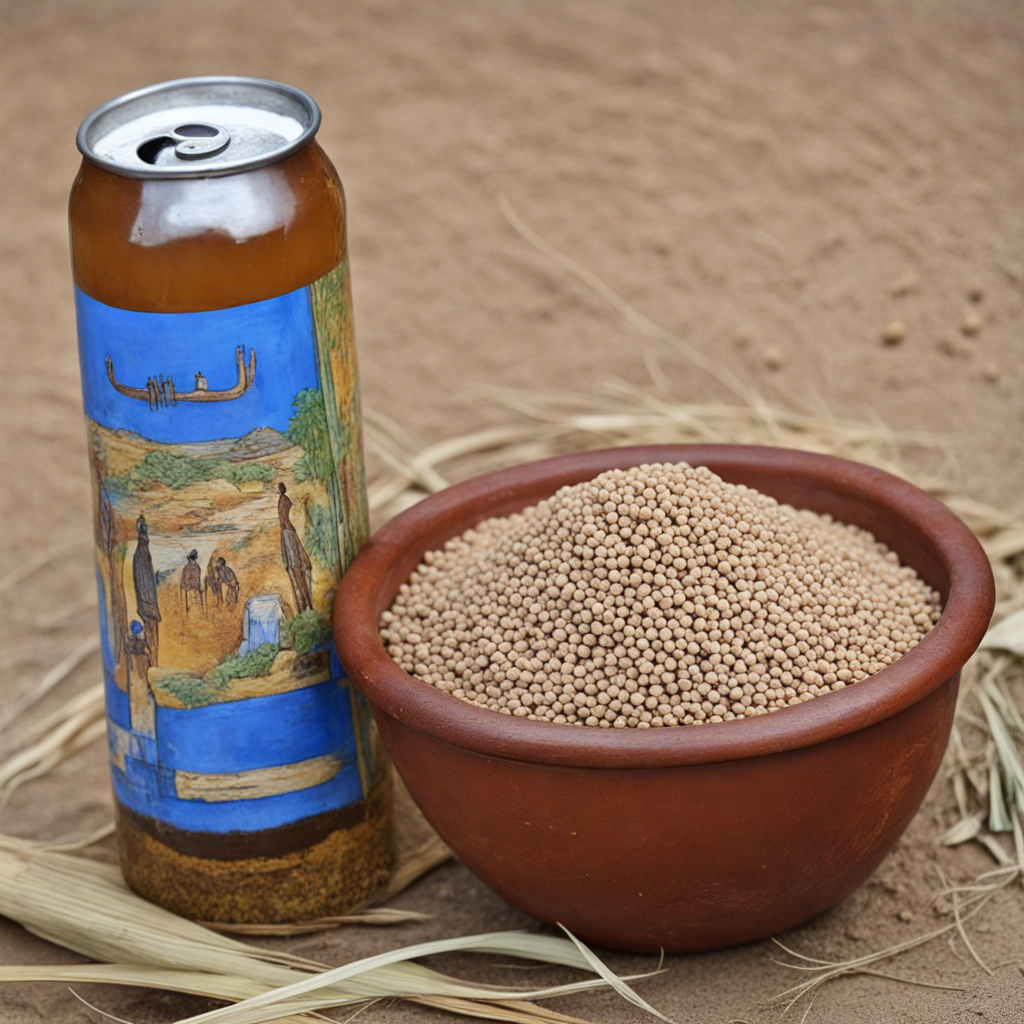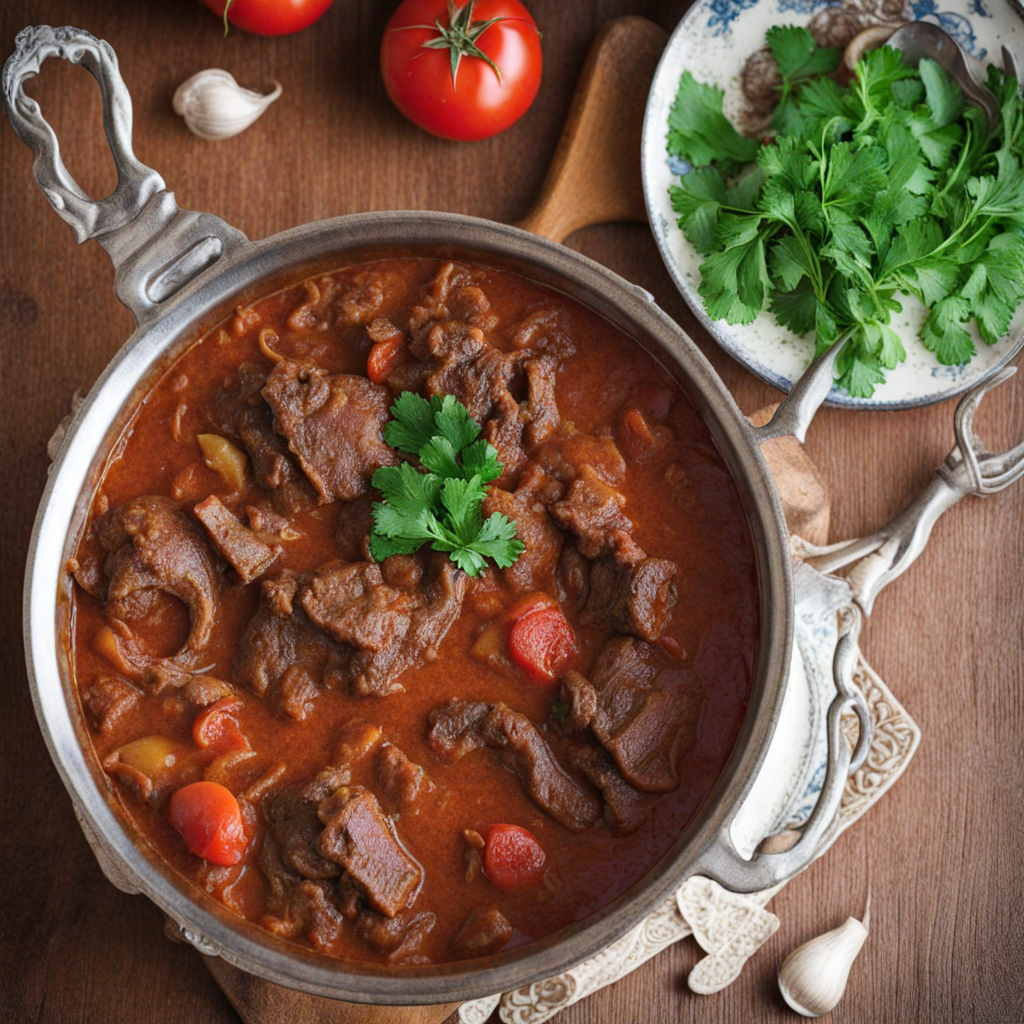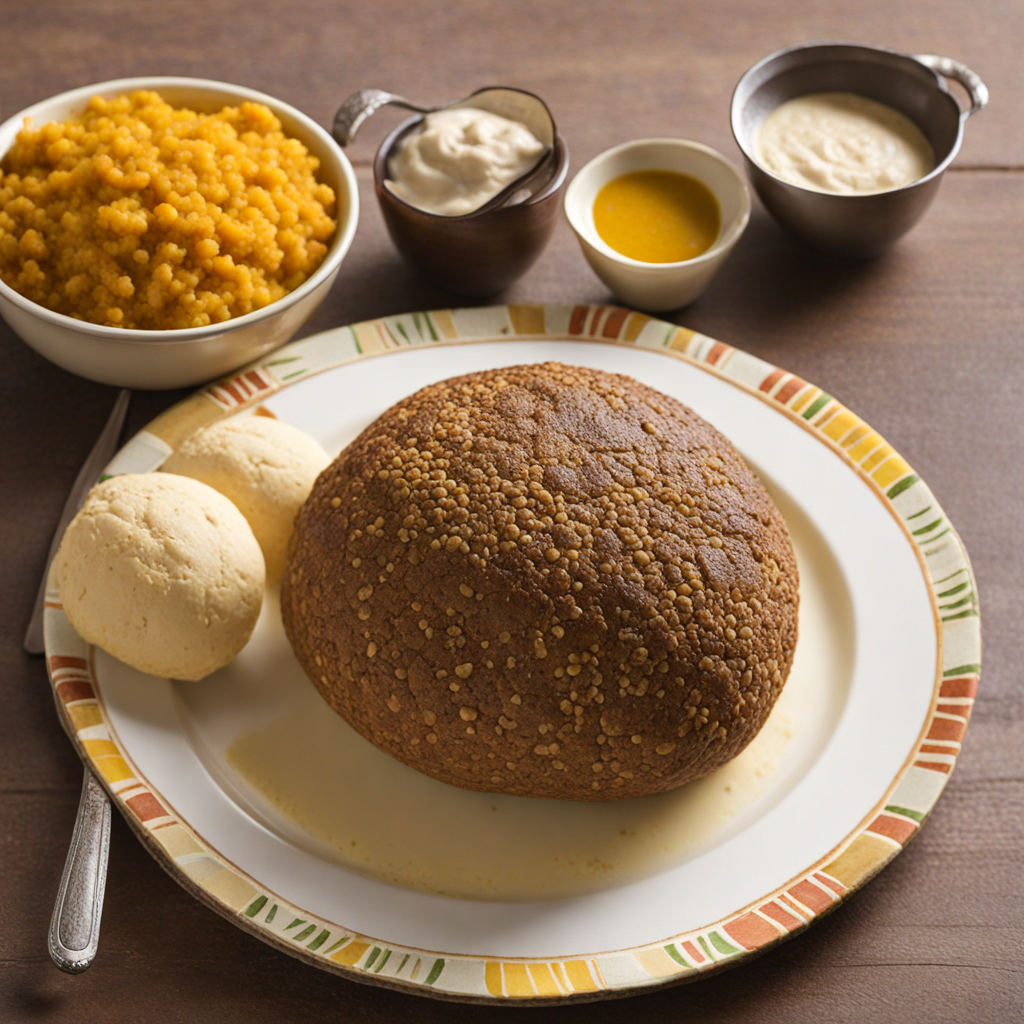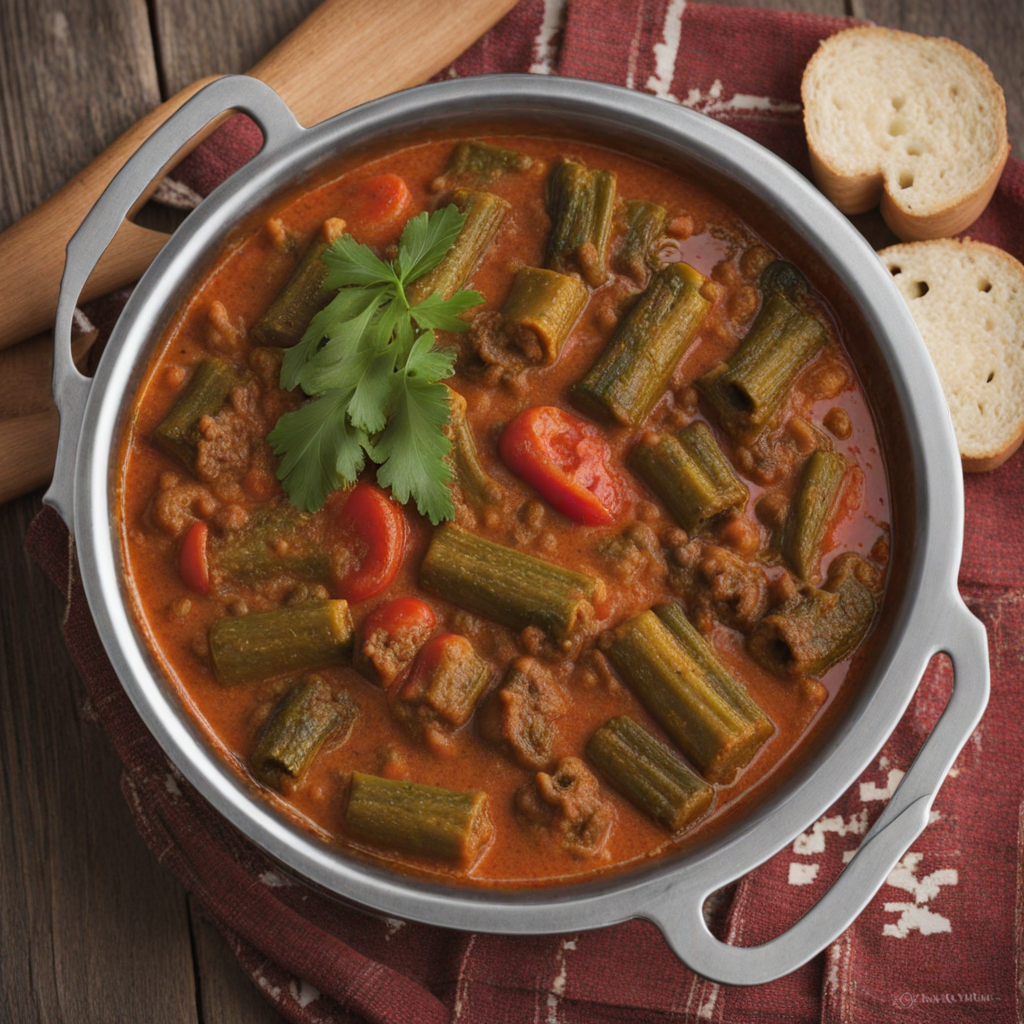Bili-Bili
Bili-Bili is a delightful culinary gem from Chad that showcases the rich flavors and vibrant ingredients of the region. This dish primarily features a base of millet, a staple grain that is both nutritious and versatile. The millet is often cooked to a fluffy texture, providing a hearty foundation that complements a variety of toppings and accompaniments. The use of spices in Bili-Bili is key, as it typically incorporates a blend of local seasonings that can range from the earthy undertones of cumin to the warm heat of chili, creating a dish that is not only filling but also bursting with flavor. The toppings for Bili-Bili can vary widely, reflecting the agricultural bounty of Chad. Often, it is adorned with a medley of vegetables such as carrots, onions, and tomatoes, sautéed to perfection, adding a fresh and vibrant crunch. In some variations, you might find it paired with a protein source, such as grilled chicken or fish, marinated in spicy sauces that enhance the overall taste experience. The combination of textures—from the softness of the millet to the crispness of the vegetables—creates a delightful mouthfeel that keeps eaters coming back for more. Serving Bili-Bili is often a communal affair, reflecting the social nature of Chadian culture. It is typically enjoyed with friends and family, accompanied by a traditional dipping sauce made from groundnuts or a spicy pepper sauce that adds an extra kick. This dish not only tantalizes the taste buds but also invites diners to immerse themselves in the warmth and hospitality of Chadian dining. Each bite of Bili-Bili is a journey through the flavors of Chad, making it an exciting dish for anyone looking to explore new culinary horizons.
How It Became This Dish
The History of ‘بيلي-بيلي’ (Bili-Bili): A Culinary Treasure of Chad #### Origins of Bili-Bili Bili-Bili, a traditional dish from Chad, reflects the rich tapestry of the country's cultural heritage and its diverse culinary influences. While the exact origins of Bili-Bili are difficult to pinpoint, it is believed to have emerged from the interaction of indigenous Chadian communities with various ethnic groups, such as the Sara, Arab, and Kanembu. This fusion of culinary traditions is emblematic of Chad's historical position as a crossroads of trade and migration in Central Africa. At its core, Bili-Bili is a dish made from a blend of ingredients that are locally sourced and readily available in the Chadian environment. The primary components include a base of grains, often sorghum or millet, combined with a variety of vegetables, spices, and occasionally meat or fish. The dish is usually characterized by its rich flavors and vibrant colors, which are a result of the diverse ingredients used in its preparation. #### Cultural Significance Bili-Bili is not merely a meal; it is an integral part of Chadian cultural identity. In a country where food often serves as a medium of social cohesion, Bili-Bili plays a vital role in communal gatherings and celebrations. It is commonly prepared during significant events such as weddings, religious festivals, and family reunions. The act of cooking and sharing Bili-Bili fosters camaraderie and strengthens bonds among family members and friends. The dish also embodies the agricultural practices of the region. With the majority of Chadians engaged in subsistence farming, Bili-Bili represents a celebration of local produce. The grains used in the dish are staples in the Chadian diet and are often harvested during the rainy season. The local vegetables and herbs incorporated into Bili-Bili reflect the seasonal availability and the agricultural calendar, making the dish a seasonal delight that varies throughout the year. Moreover, Bili-Bili carries spiritual significance. In some communities, it is believed that sharing this dish with others strengthens community ties and fosters goodwill. The preparation of Bili-Bili can also involve traditional rituals that honor ancestors and express gratitude for the harvest. This interconnectedness of food, culture, and spirituality elevates Bili-Bili beyond mere sustenance; it becomes a symbol of unity and respect for the land. #### Development Over Time The evolution of Bili-Bili is deeply intertwined with the history of Chad itself. Over the centuries, as different tribes and ethnic groups settled in the region, they brought along their own culinary practices and preferences. The introduction of new spices and cooking techniques has enriched the traditional recipe, allowing Bili-Bili to adapt to changing tastes and available ingredients. In the colonial period, the influence of French cuisine left an imprint on Chadian food culture. While traditional practices remained at the core of Bili-Bili, some adaptations were made, particularly in urban areas where ingredients became more diversified due to trade. The fusion of French culinary techniques with traditional Chadian cooking resulted in variations of Bili-Bili that incorporated new flavors and presentation styles. The globalization of food culture has also impacted Bili-Bili in the 21st century. As Chad has become more interconnected with the world, traditional dishes have found their way onto international platforms. Chefs and food enthusiasts have started to explore African cuisines, leading to a resurgence of interest in Bili-Bili. Modern adaptations can be found not only in Chad but also in diaspora communities across the globe, where the dish has been embraced as a symbol of cultural pride. In urban centers, where fast-paced lifestyles often dictate food choices, Bili-Bili has also undergone a transformation. Ready-to-eat versions are now available, catering to the needs of busy individuals who may not have the time to prepare traditional meals. Nevertheless, the essence of Bili-Bili remains intact, and the dish continues to be a beloved staple in households, maintaining its cultural significance even in modern contexts. #### Contemporary Significance Today, Bili-Bili stands as a testament to Chad's culinary heritage, symbolizing resilience and adaptability in the face of change. It remains a popular dish in both rural and urban settings, enjoyed by people of all ages. While the basic recipe has remained consistent, the ways in which Bili-Bili is prepared and served have evolved, reflecting contemporary tastes and dietary preferences. Moreover, as Chadian cuisine gains recognition on the global stage, Bili-Bili has become a culinary ambassador for the country. Food festivals, blogs, and social media platforms have played a significant role in promoting this dish, allowing it to reach broader audiences. Chefs in Chad and abroad are experimenting with Bili-Bili, incorporating international ingredients while respecting its traditional roots. In a world where food often serves as a vehicle for cultural exchange, Bili-Bili has emerged as a bridge connecting Chad to the global community. Initiatives that promote Chadian cuisine often highlight the importance of traditional dishes like Bili-Bili in preserving cultural identity. These efforts aim to educate people about the flavors and history of Chadian food, fostering appreciation for its diversity. #### Conclusion Bili-Bili is more than just a dish; it is a vibrant representation of Chad's history, culture, and resilience. Through its evolution, Bili-Bili has adapted to changes brought about by migration, globalization, and urbanization while remaining a cherished element of Chadian identity. As it continues to be celebrated at communal gatherings, family meals, and cultural events, Bili-Bili serves as a reminder of the importance of food in fostering connections, preserving traditions, and shaping the narrative of a nation. Today, it stands not only as a delicious meal but also as a symbol of unity, heritage, and the enduring spirit of the Chadian people.
You may like
Discover local flavors from Chad







